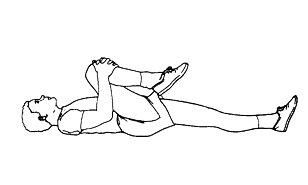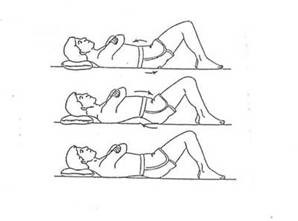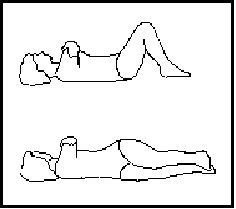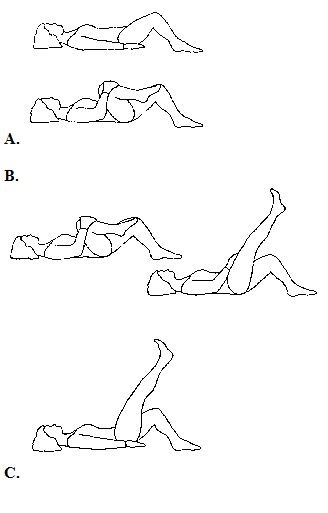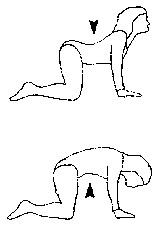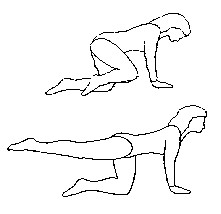Introduction
Back pain is pain, muscle tension or stiffness in any part of the back. The pain may spread to the buttocks or legs.
 |
Back pain can be classified to the level of acute, chronic and relapsing (Recurrent)
Back pain may result from :
- Muscle Injury
- Spinal Fracture
- Changes to the disc
- Improper posture
- Narrowing of the spinal canal (spinal stenosis)
The objective of Physiotherapy Treatment
- To reduce pain
- To strengthen the back and abdominal muscles
- To maintain the range of movement of the body
- To increase the range of movement of the body
- To help patients perform daily activities to the maximum without pain
Sign and Symptom
- Acute back pain – pain experienced during the period of 1 day to 3 months
- Chronic back pain – pain that occurred more than 3 months
- Recurrent back pain (Recurrent) – recurrent pain in less than 3 months
Complication
Limitations in daily activities due to pain
Prevention
Ensure proper posture in all positions while sitting, standing, lying down or while performing daily activities :
While lying
- Select a firm mattress. This will support your spine properly.
- Proposed Position: side lying, lean body forward with a pillow between your knees
During walking
- Wear comfortable low-heeled shoes
While sitting
- Use chair with a back rest that will support the spine
- Use a small pillow or a lumbar roll to support the back
While standing
- On prolonged standing, rest your feet alternately on a small low stool.
Tips:
- Use the correct technique of lifting / transferring
- Perform regular exercise
- Control your weight
- Maintain fitness
Rehabilitation
-
- Pain management
- Ice pack – for acute back pain.
- How to use : wrap the ice pack with a wet cloth and place at the area of pain for 15 minutes.
- Make sure that the area has not been rubbed with hot ointment before the ice pack is placed.
- Hot pack – for chronic back pain and repetitive pain.
- How to use: wrap the hot pack using adequate layers of towels (to make sure it is not too hot) and place it on the painful area for 20 minutes.
- Ice pack – for acute back pain.
- Back exercise programe
- Pain management
|
Knee to chest
|
|
|
pelvic tilt
|
|
|
Hip Rolling
|
|
|
Lower Abdominal Exercise
|
|
|
Cat and camel
|
|
|
Hip Extension
|
|
3. Lumbar stabilization Exercises
- Position: lie down on a flat surface, both knees bent
- How to Perform: contract the abdominal muscles, keep the body in a neutral position. Then lift your right leg as high as 12 inches, with the right knee in a straight position, hold 3 seconds and lower the leg.
- Repeat this exercise at least 5 times.
References
- Care protocol Low Back Pain oleh Jawatankuasa teknikal Profesion Fisioterapi, KKM
- Janie Hampton, 1992, Aches and Pain, Oxford Health Publications for the international League Against Rheumatism.
- Marilyn Moffat, 2006, Muskuloskleletal Essentials , Applying the preferred Physical Therapist Practice Patterns, SLACK Incorporated
- Tarek, M. Khalil, 1993, Ergonomics in Back Pain, A Guide to Prevention and Rehabilitation,New York, Van Nostrand Reinhold
| Last Reviewed | : | 23 August 2019 |
| Writer / Translator | : | YBhg Datin Hjh Asiah bt. Mohd Hashim |
| Accreditor | : | Haironi bt. Ismail |
| Reviewer | : | Halimah bt. Hashim |


